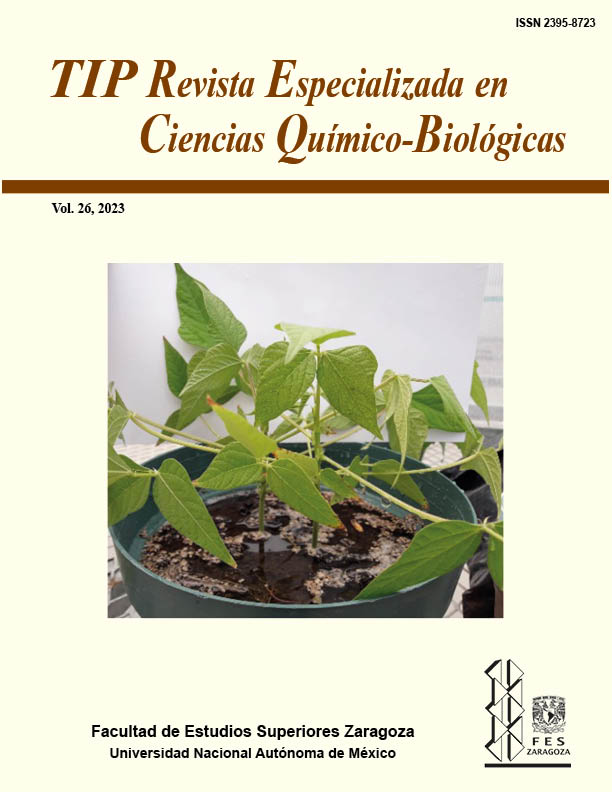Abstract
Inside epiphytic bromeliads there is a variety of microhabitats and resources for arthropods, being important sites for biodiversity. In this work, the richness and diversity of arthropods associated with Tillandsia recurvata were determined in three locations from Tecozautla municipality, Hidalgo, Mexico. In the dry season, 112 specimens of T. recurvata were collected over plants (phorophyte) of the species: Acacia schaffneri, Myrtillocactus geometrizans, Bursera fagoroides, and Prosopis laevigata. Arthropods were extracted from each epiphyte and the morphospecies were identified to order and family; the richness, the diversity, and the expected number of species by phorophyte were calculated. The highest number of species corresponded to Araneae, Coleoptera, Hemiptera, and Diptera orders. Richness was higher on bromeliads whose phorophyte was P. laevigata while the diversity was greater when the phorophyte was M. geometrizans. The expected number of species was higher than that found in all phorophytes. The microenvironment of T. recurvata is favorable to arthropods to find refuge or to obtain food. The results set down the possible influence of phorophytes over the arthropods species in T. recurvata.
TIP Magazine Specialized in Chemical-Biological Sciences, distributed under Creative Commons License: Attribution + Noncommercial + NoDerivatives 4.0 International.



